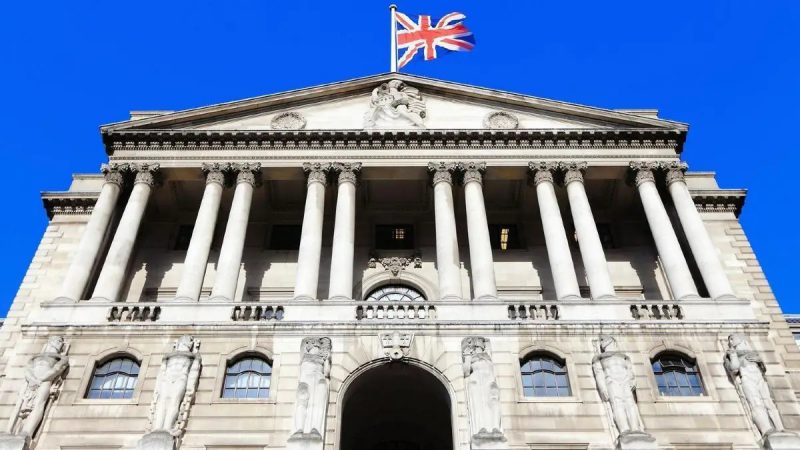The Bank of England called for stricter regulations following the loss of a $2 trillion crypto market cap in a few months. The rise in the adoption of crypto globally is accompanied by unavoidable risks.
The financial policy committee of the Bank of England is recommending stringent measures to reduce and control the possible occurrence of further risks associated with crypto.
The recommendation was put up by the committee in a meeting summary published on Tuesday with the key focus on maintaining a stable financial situation in the country. The committee spoke about the current bear market and the larger market turmoil. It also stated that crypto might pose a threat in the future as it gets hand in hand with mainstream finance, even though they don’t pose a threat to the financial system at present.
Over $2 trillion crypto market cap gone in months
The crypto market attracted the attention of regulators following the collapse of Terra in May. It was followed by Celsius Network, which halted all activities, and the prolonged bear market that made firms lay off thousands of employees.
In this short period of time, the entire crypto market lost around $2 trillion in market capitalization. BoE stated that all these factors grabbed the attention of regulatory bodies to develop a better framework to monitor the activities in the crypto realm.


The bank is also looking to regulate stablecoins, including them alongside the general financial system. It is also trying to include systemic stablecoins into the special administration regime. The financial authority also stated that it will look into Terra’s collapse before framing new crypto rules. This is to ensure that such an event will never occur again.
Apart from the U.K, Europe is also planning to set better regulations to mitigate the risks associated with crypto assets.





